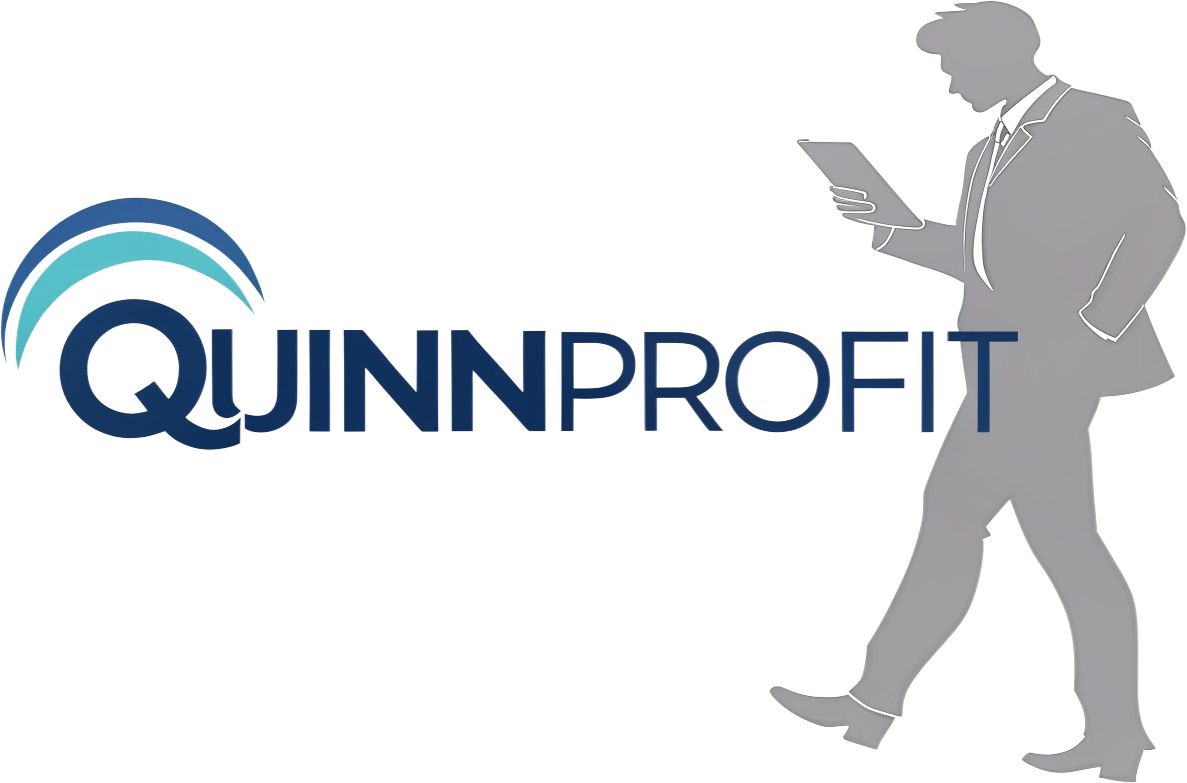In today’s competitive and rapidly evolving business landscape, simply having a good product or a talented sales team is no longer enough. Modern buyers expect personalized experiences, fast responses, and genuine value throughout their journey — and companies must adapt to meet those expectations. That’s where Sales Enablement Technology steps in to revolutionize traditional sales strategies.
This blog explores how sales enablement tech is transforming how businesses sell, the core tools driving this shift, and how you can harness them to unlock greater efficiency, agility, and revenue growth.
What Is Sales Enablement Technology?
Sales enablement technology refers to a suite of digital tools and platforms that provide sales teams with the content, insights, training, and automation they need to engage prospects effectively and close deals more efficiently.
These platforms empower organizations to:
-
Align sales and marketing efforts
-
Deliver the right content at the right time
-
Automate repetitive tasks
-
Equip reps with real-time data and analytics
-
Shorten sales cycles and increase win rates
Sales enablement isn’t just a support function — it’s a strategic growth engine powered by modern technology.
Why Traditional Sales Strategies Fall Short
Old-school sales methods relied heavily on cold calls, generic presentations, and gut instinct. But today’s buyers are:
-
More informed (thanks to online research and peer reviews)
-
More independent (making up to 70% of their decision before speaking to sales)
-
More selective (expecting value and relevance from the first touchpoint)
Without the right technology, sales teams struggle to:
-
Personalize outreach at scale
-
Access relevant content quickly
-
Track and analyze buyer interactions
-
Stay aligned with marketing efforts
How Sales Enablement Technology is Transforming Sales
1. Smarter Content Delivery
Sales enablement platforms ensure that reps have access to the right content — case studies, pitch decks, product sheets — exactly when they need it. Even better, AI can recommend content based on the deal stage, industry, or buyer persona.
Benefit: No more searching through shared drives or outdated folders.
2. AI-Driven Insights and Recommendations
AI and machine learning analyze buyer behavior, engagement patterns, and historical deals to recommend next-best actions, forecast outcomes, and refine messaging.
Benefit: Sales reps make data-informed decisions, not assumptions.
3. Onboarding and Continuous Learning
Enablement platforms like Highspot, Showpad, and Mindtickle offer interactive training modules and sales playbooks that help new reps ramp faster and experienced reps upskill continuously.
Benefit: Faster time to productivity and consistent messaging across the team.
4. Sales and Marketing Alignment
Sales enablement bridges the traditional gap between sales and marketing by providing feedback loops and performance data that help marketing teams refine content and campaigns.
Benefit: Sales gets more effective content. Marketing sees what actually drives conversions.
5. Real-Time Performance Tracking
Advanced analytics dashboards help sales leaders track KPIs like:
-
Content usage vs. impact
-
Win rates by product or persona
-
Sales cycle length
-
Individual rep performance
Real-World Impact: What Companies Are Achieving
Businesses that invest in sales enablement technology see results such as:
-
15–25% improvement in win rates
-
30–40% faster onboarding time
-
50% increase in quota attainment
-
25% reduction in sales cycle duration
These numbers aren’t just impressive — they’re achievable with the right strategy and tools.
Steps to Revolutionize Your Sales Strategy
Ready to take the leap? Here’s how to begin:
1. Audit Your Current Sales Processes
Identify inefficiencies, content gaps, and training needs.
2. Select the Right Enablement Platform
Choose a solution that fits your sales team’s size, structure, and goals.
3. Align Sales and Marketing Teams
Define shared goals, success metrics, and workflows for content creation and feedback.
4. Integrate with Existing Systems
Ensure your enablement tool works seamlessly with your CRM, CMS, and analytics tools.
5. Train, Launch, and Iterate
Start with a pilot group, gather feedback, and refine before a full-scale rollout.
The Future of Sales Enablement Technology
Looking ahead, expect to see:
-
Hyper-personalization powered by generative AI
-
Voice- and video-enabled content guidance
-
Deeper CRM integrations with real-time coaching
-
Augmented reality (AR) for immersive product demos
The future is not just automated — it’s intelligently humanized.
Final Thoughts
Sales enablement technology is more than a trend — it’s a strategic transformation. By integrating the right tools and empowering your teams with data, insights, and real-time support, you can modernize your sales strategy and gain a true competitive edge.
In an era where buyer expectations are high and time is short, sales enablement isn’t optional — it’s essential.
Are you ready to revolutionize your sales strategy? Now’s the time to enable your team for the future.




